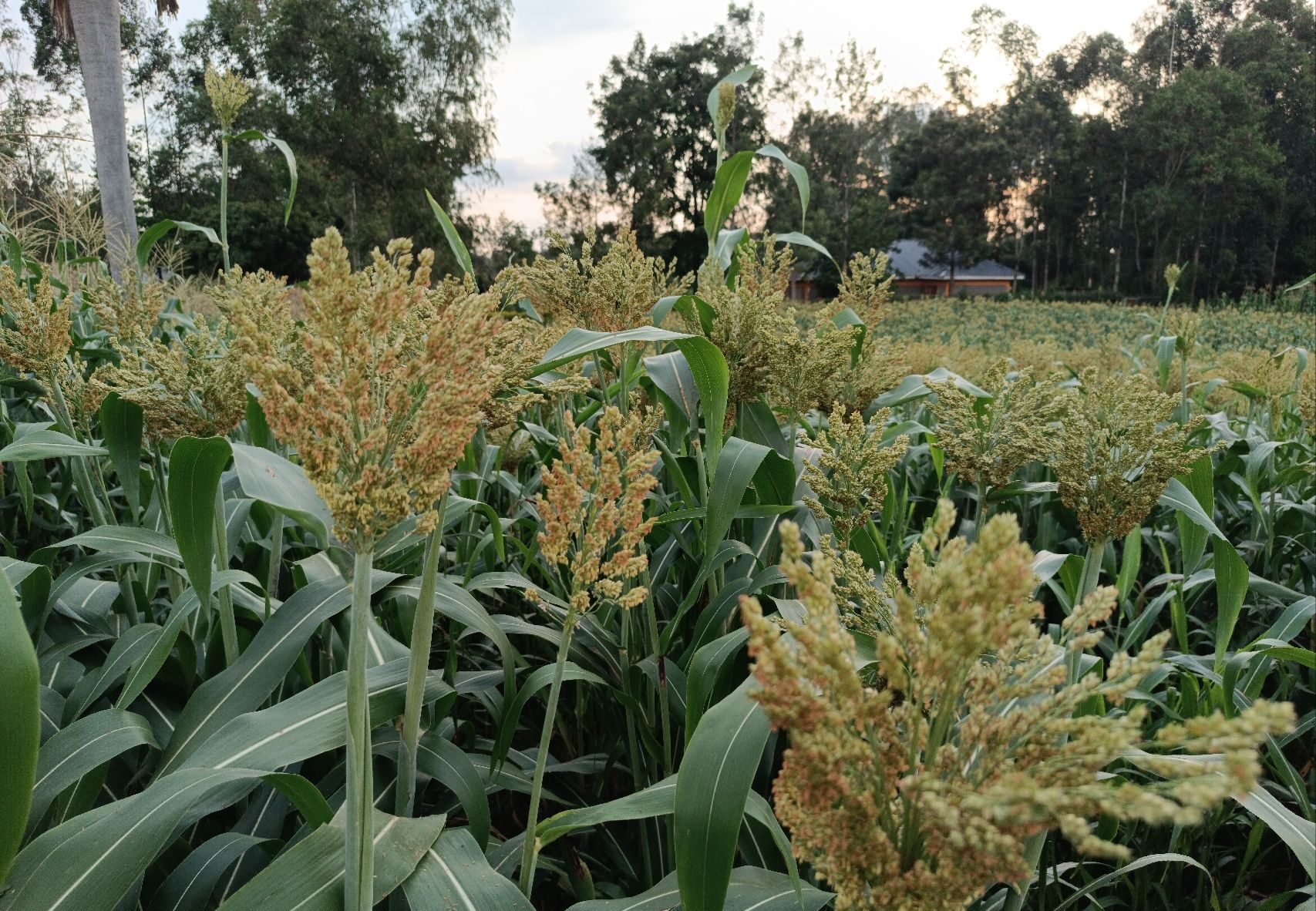scroll

The amount of carbon on planet Earth is constant. The climate crisis does not stem from an excess in the amount of carbon, but rather, from a disruption in where carbon is stored.
Since 1750, human activities, such as extracting oil from underground reserves, have contributed to a 50% increase in atmospheric CO2 levels, exceeding those of the past 3 million years.
Improving agricultural practices is an effective way to remove carbon from the atmosphere and store it in the soil. Agricultural soils have the potential to sequester 3 to 5 billion tonnes of CO2 each year, roughly 10% of global annual emissions. Boomitra equips farmers and ranchers across the world to increase their soil carbon while earning additional income through carbon credits.
So, how exactly is carbon stored in the soil? The specifics vary depending on the land management practice. Let’s dig into three:
Every time soil is left bare, landowners lose the opportunity to sequester carbon. Bare soil renders the land prone to erosion, at risk of losing valuable topsoil containing nutrients, organic carbon, and soil microbes. Cover crops – plants grown during the off-season – act as armor for the soil. Their roots prevent erosion and increase the soil’s holding capacity for water. Through photosynthesis, plants provide sugars, proteins, and organic acids to carbon-limited soil microbes, like mycorrhizal fungi and bacteria. In exchange, the soil-dwelling microbes provide the plant with key nutrients. These microbes decompose organic matter, converting it into stable organic compounds resulting in the storage of carbon in the soil. Cover crops facilitate year-round carbon sequestration while simultaneously providing a host of other benefits. They fix nutrients into the soil, smother weeds, control pests and diseases, increase biodiversity, and have been shown to increase cash crop yields.
When livestock are left on a plot of land for too long, they destroy plant life and compact soil. This leads to desertification. Conversely, ungrazed land does not benefit from livestock’s nutrient-rich manure or an increased turnover of organic matter. With rotational grazing, livestock are intentionally moved from set portions of land, called paddocks, to others. This allows some paddocks to rest and regrow while other paddocks are grazed. This approach to grazing, resembling the movement of wild herds, stimulates plants to cultivate deeper and more abundant root systems. These strong roots sequester carbon, aerate soil, allow water to infiltrate the soil, and enhance soil biodiversity.
Tilling, also known as plowing or cultivation, refers to turning over the soil in preparation for planting crops. Farmers stand to gain numerous benefits by reducing or eliminating tilling on their land. While conventional tilling is often practiced to improve aeration, incorporate plant matter, and control weeds, it comes with detrimental consequences. Turning over the soil destroys soil aggregates and exposes a greater surface area of soil to air and sunlight. Organic carbon gets released, important fungal networks get destroyed, and the land is left vulnerable to erosion. When farmers reduce or eliminate tilling, they sequester more carbon, lower costs, improve soil fertility, and increase yields.
Other practices that catalyze carbon sequestration include crop rotation, improved water management, mulching, the application of organic fertilizer, and the reduction or elimination of residue burning.

A participating farmer practicing minimal tillage in Kenya. Image courtesy of Geoffery Wanjala.
Conventional farming practices have depleted soil carbon levels by 30% to 75%. To counter this, Boomitra’s global projects uplift local, indigenous, and scientific knowledge to regenerate soil carbon. Participating farmers and ranchers select the practices best suited for their regional, ecological, and cultural context. Our team works with 100+ local implementation partners, like Pronatura Noreste in Northern Mexico and the Farm to Market Alliance in Kenya, to provide expert support and capacity building to help farmers and ranchers adopt each new practice. Regardless of the carbon-sequestration practice deployed, Boomitra transforms data into actionable information, providing farmers and ranchers worldwide with access to additional income through carbon credits.
Unlocking financial rewards for farmers and ranchers hinges on accurately measuring and verifying the additional carbon they sequester. Traditionally, changes in soil carbon were measured using expensive and time-intensive soil samples. Boomitra’s innovative satellite and AI-based soil carbon measurement technology allow us to accurately measure carbon credits affordably and at scale. Through third-party certified carbon removal credits, farmers and ranchers across the world can get paid by major corporations to adopt regenerative practices, restore soil health, and ultimately, sequester atmospheric carbon. Together, we can support farmers and ranchers to put carbon back where it belongs – underground – while mitigating a significant portion of greenhouse gas emissions.
Contact us to learn how we can scale soil carbon removal together. Explore our current projects.



